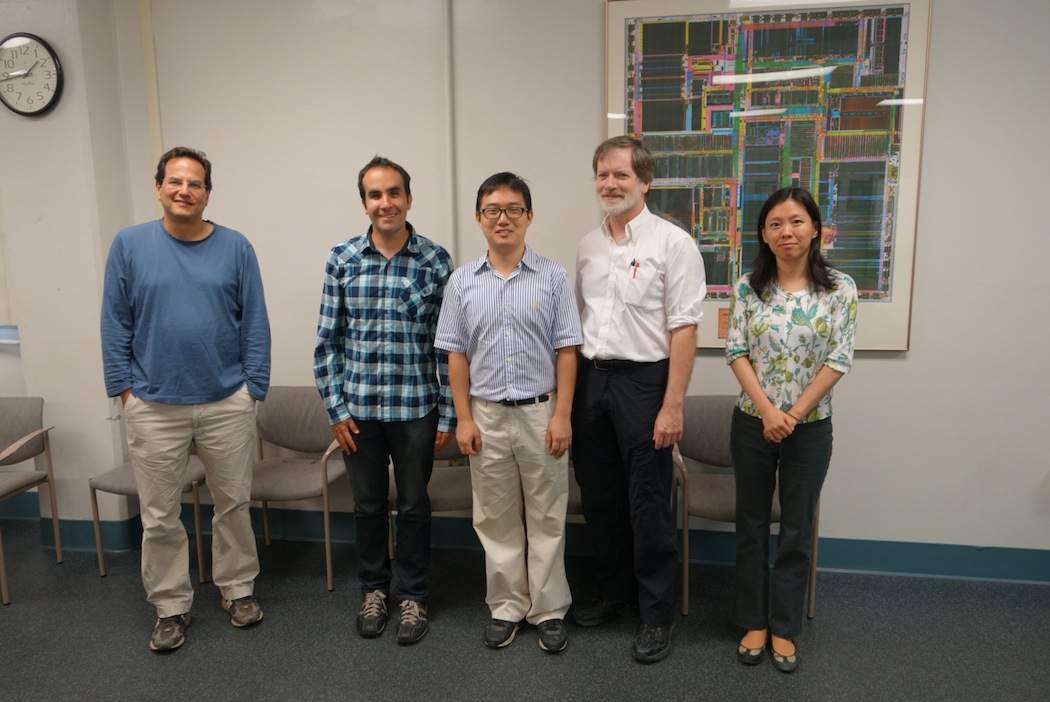Jae Hoon Sul successfully defended his thesis on Wednesday September 19th. His talk is posted on our YouTube Channel ZarlabUCLA. Jae Hoon’s talk discusses several projects including using mixed model to correct for population structure, rare variant association studies and a meta-analysis approach for detecting multi-tissue eQTLs. Fortunately for the lab, Jae Hoon is staying at UCLA for another year as a post-doc.
More details about what he talks about in his talk are available in the papers he discusses:


